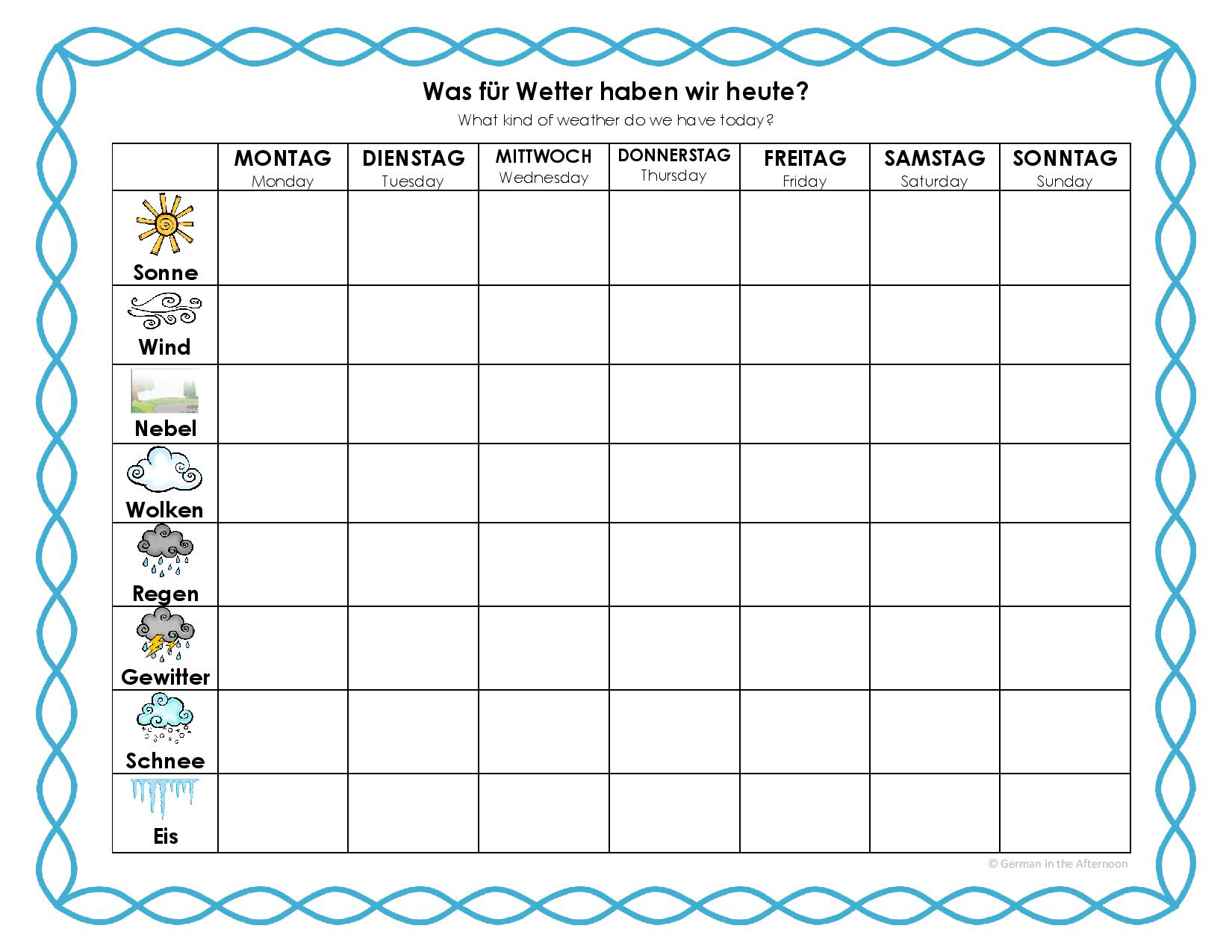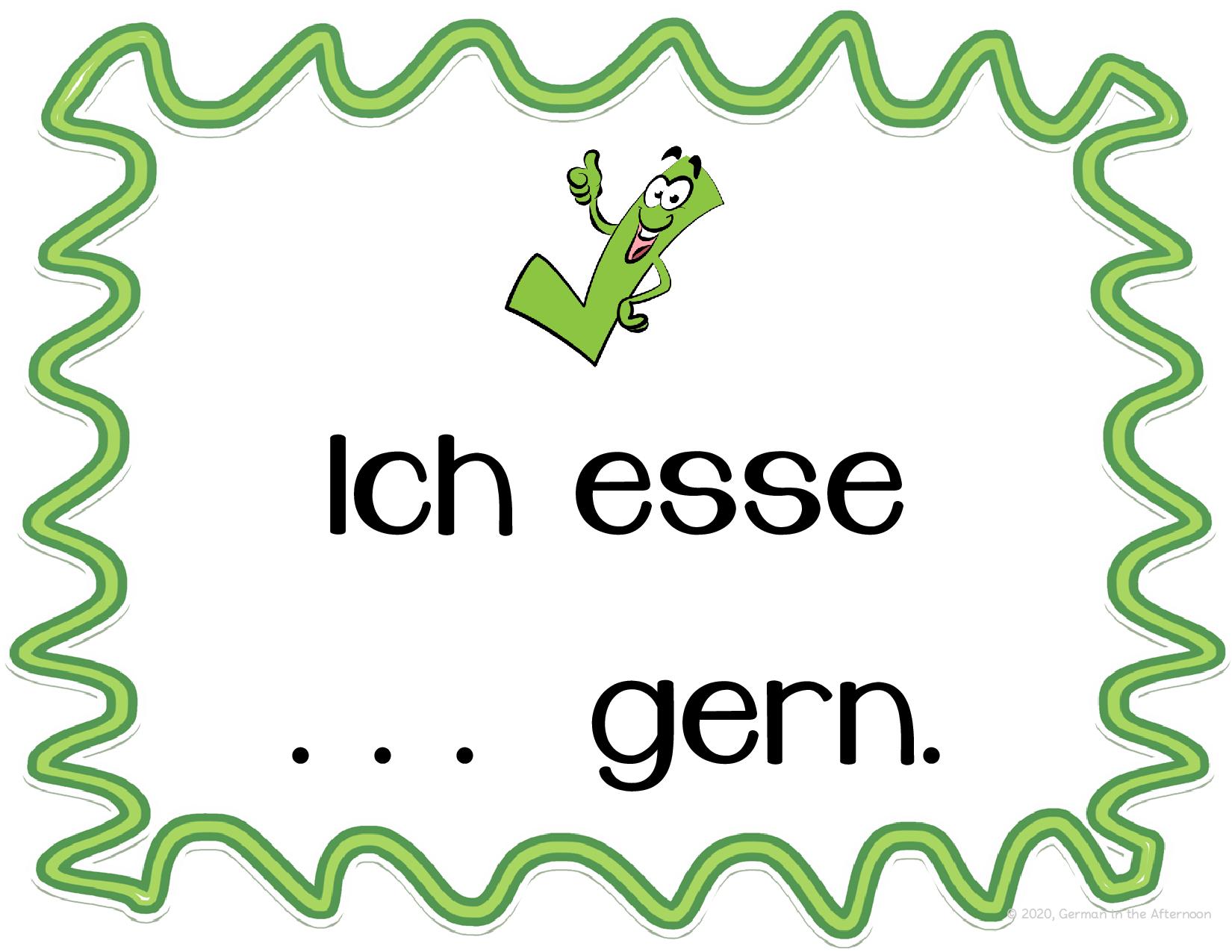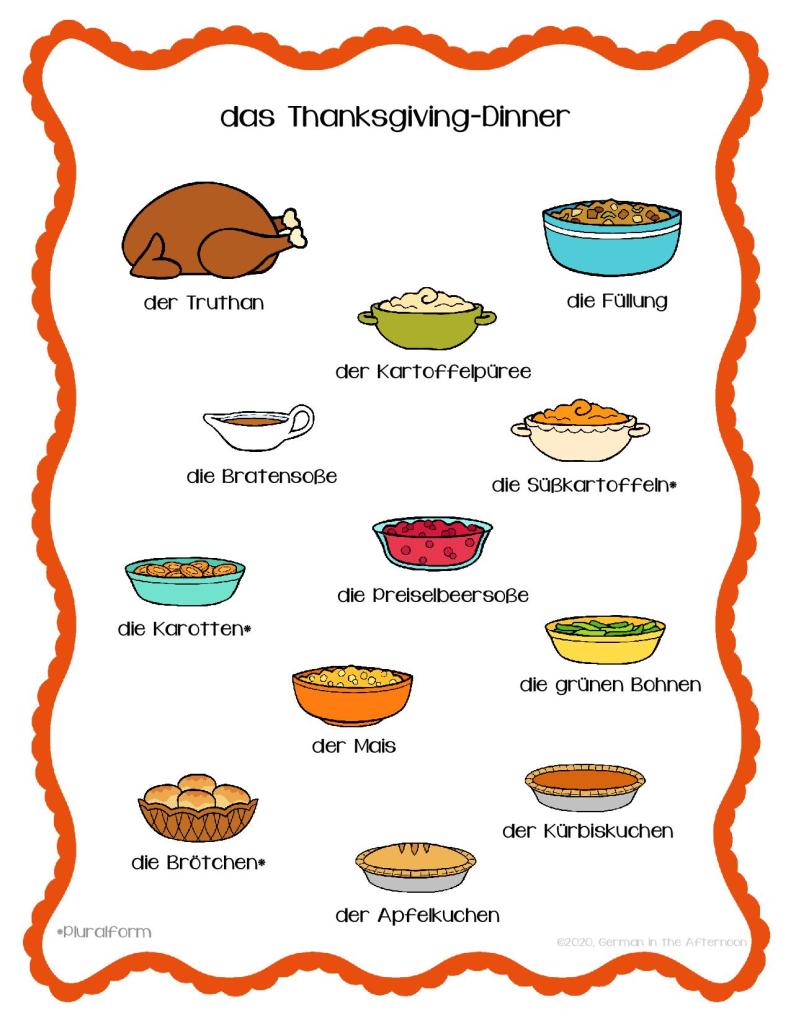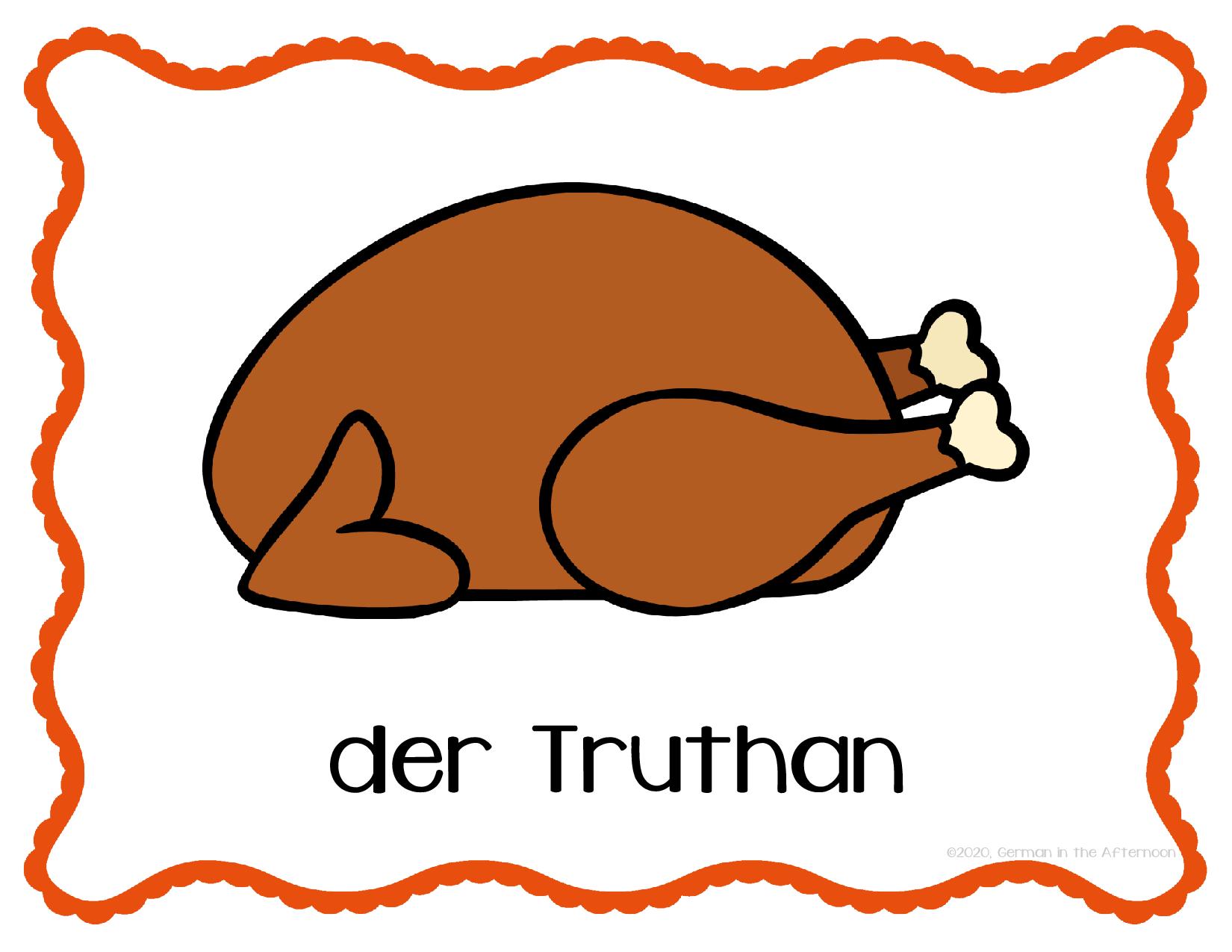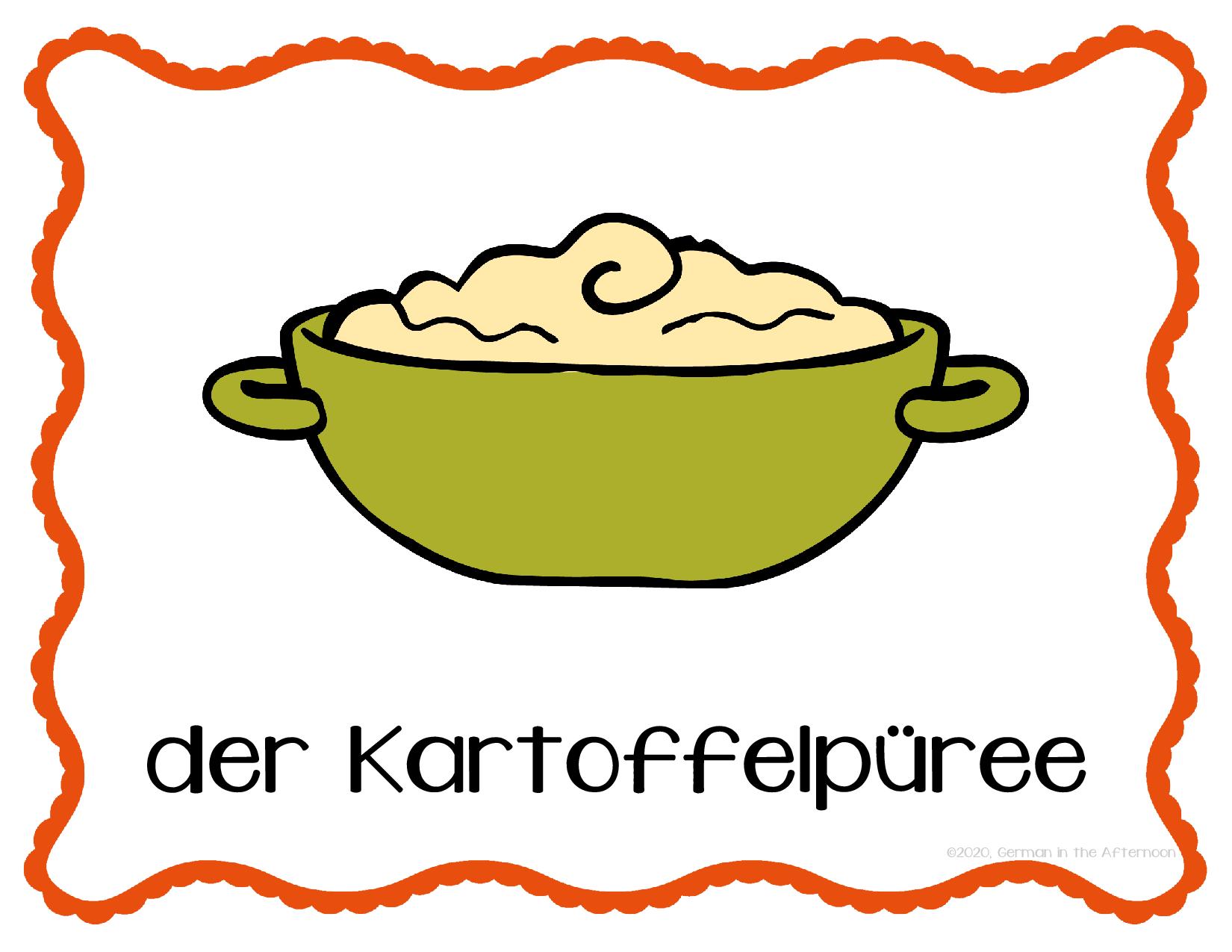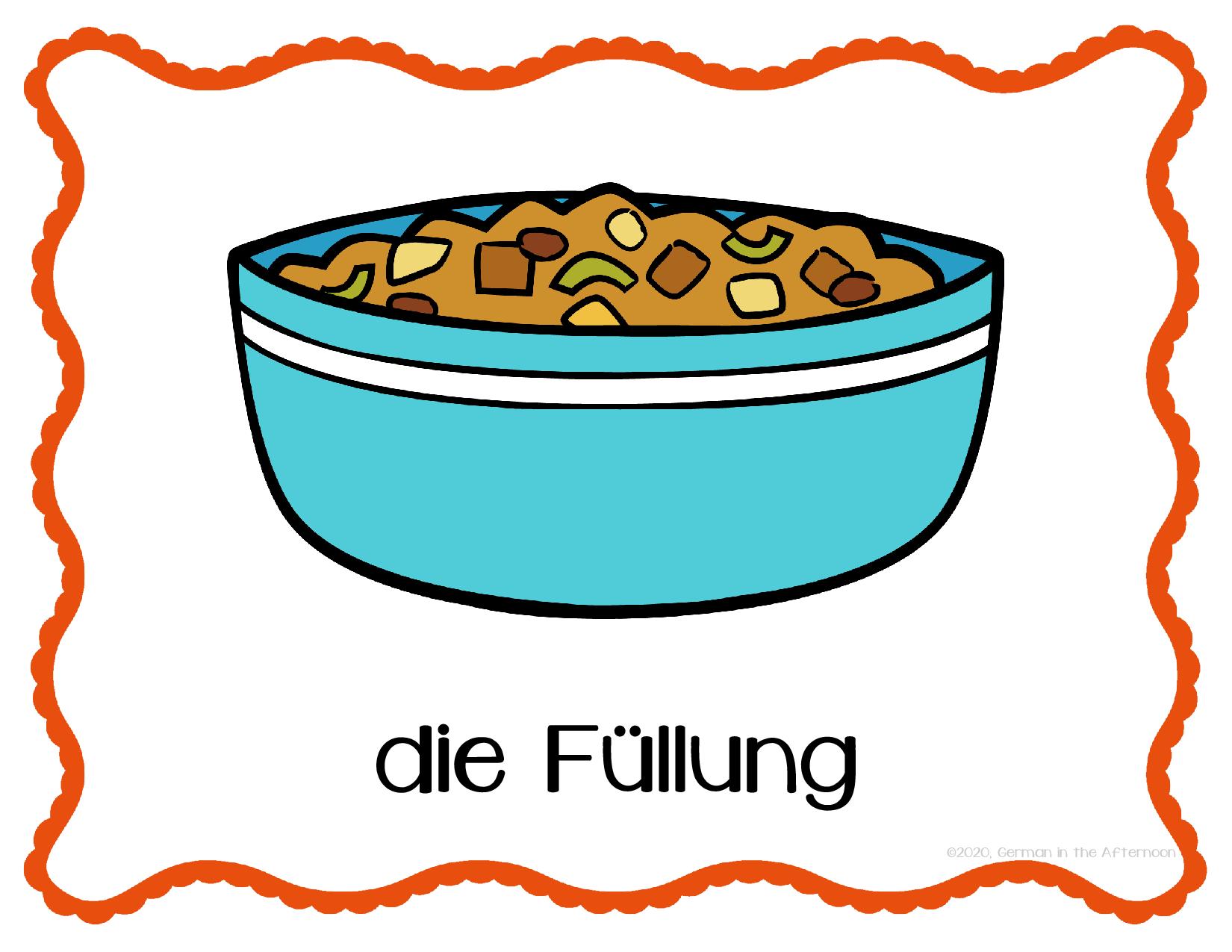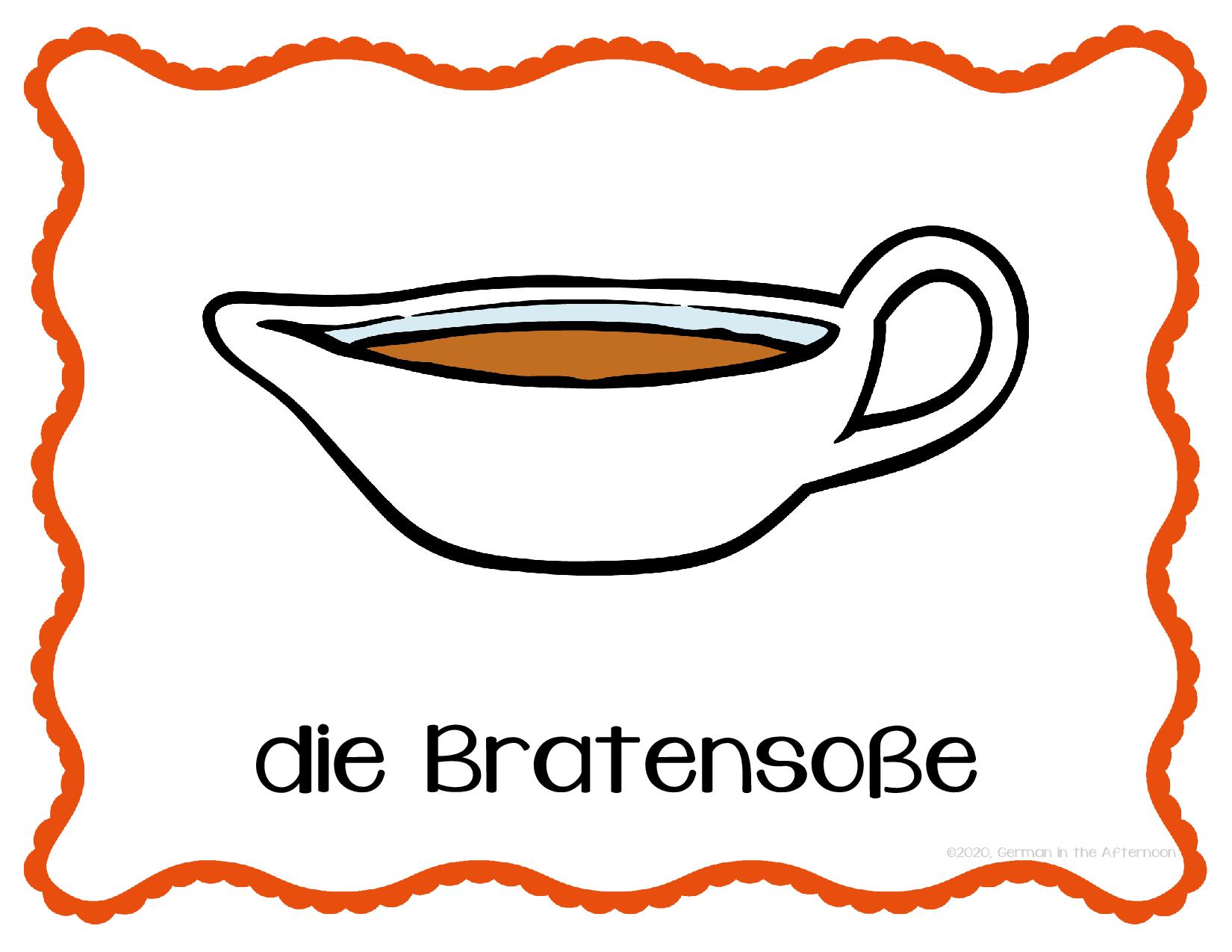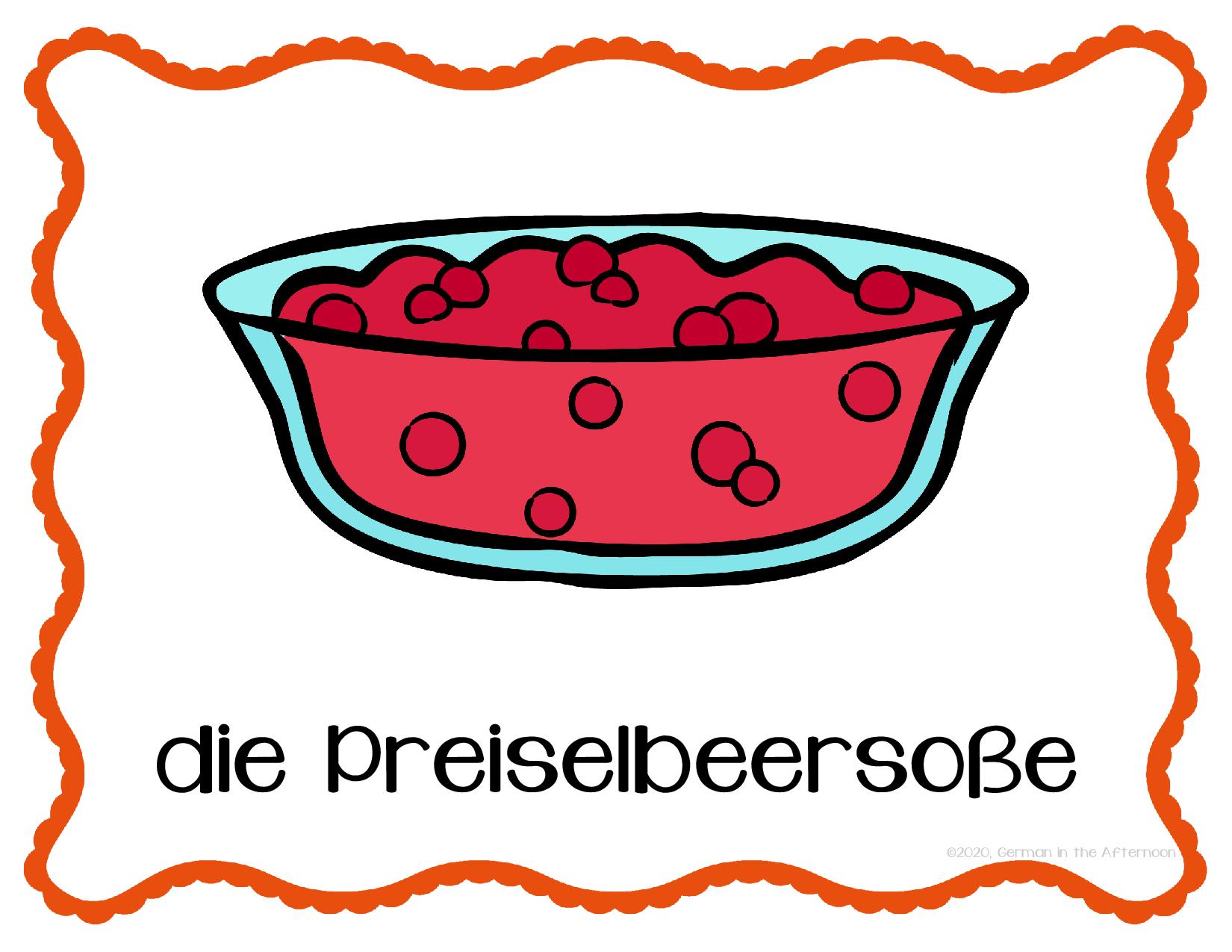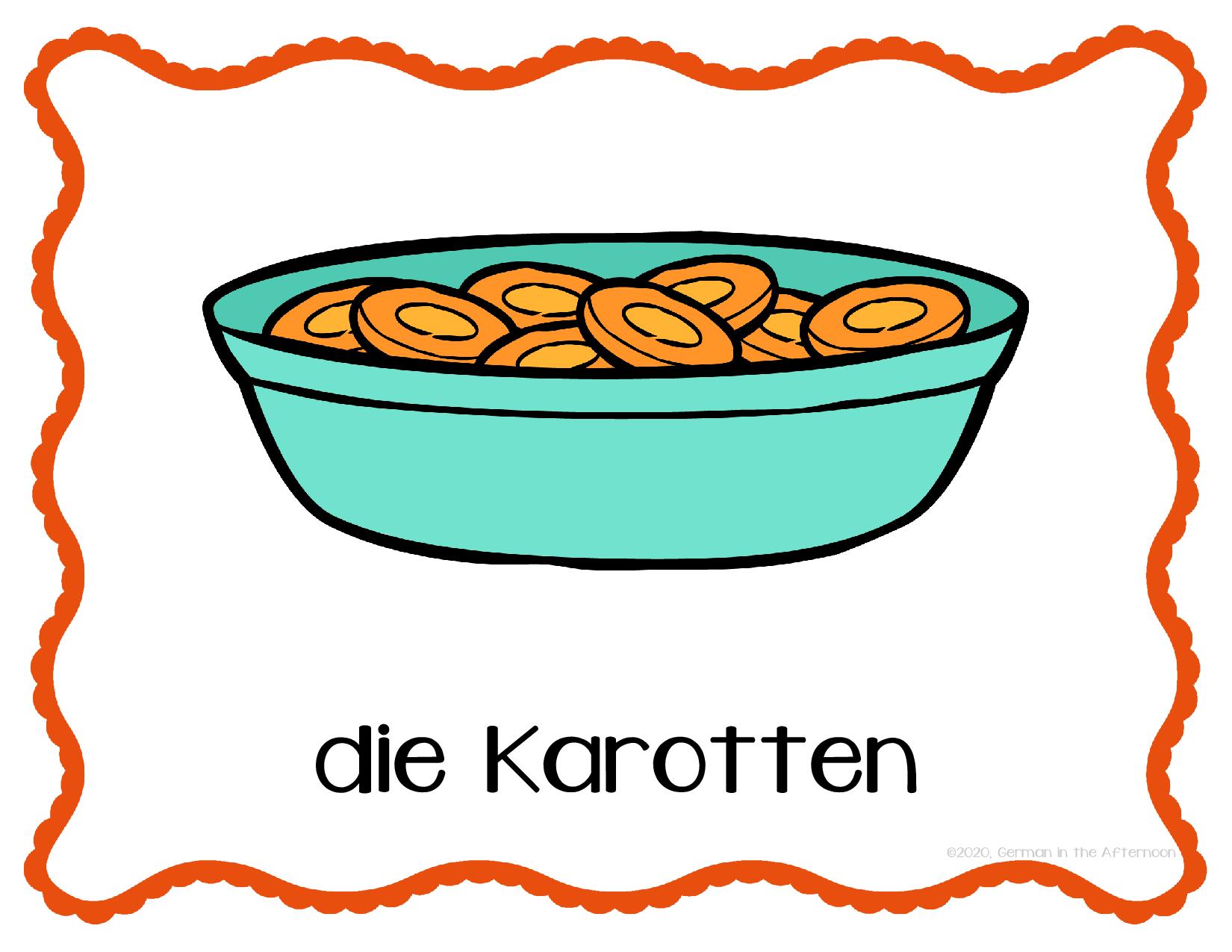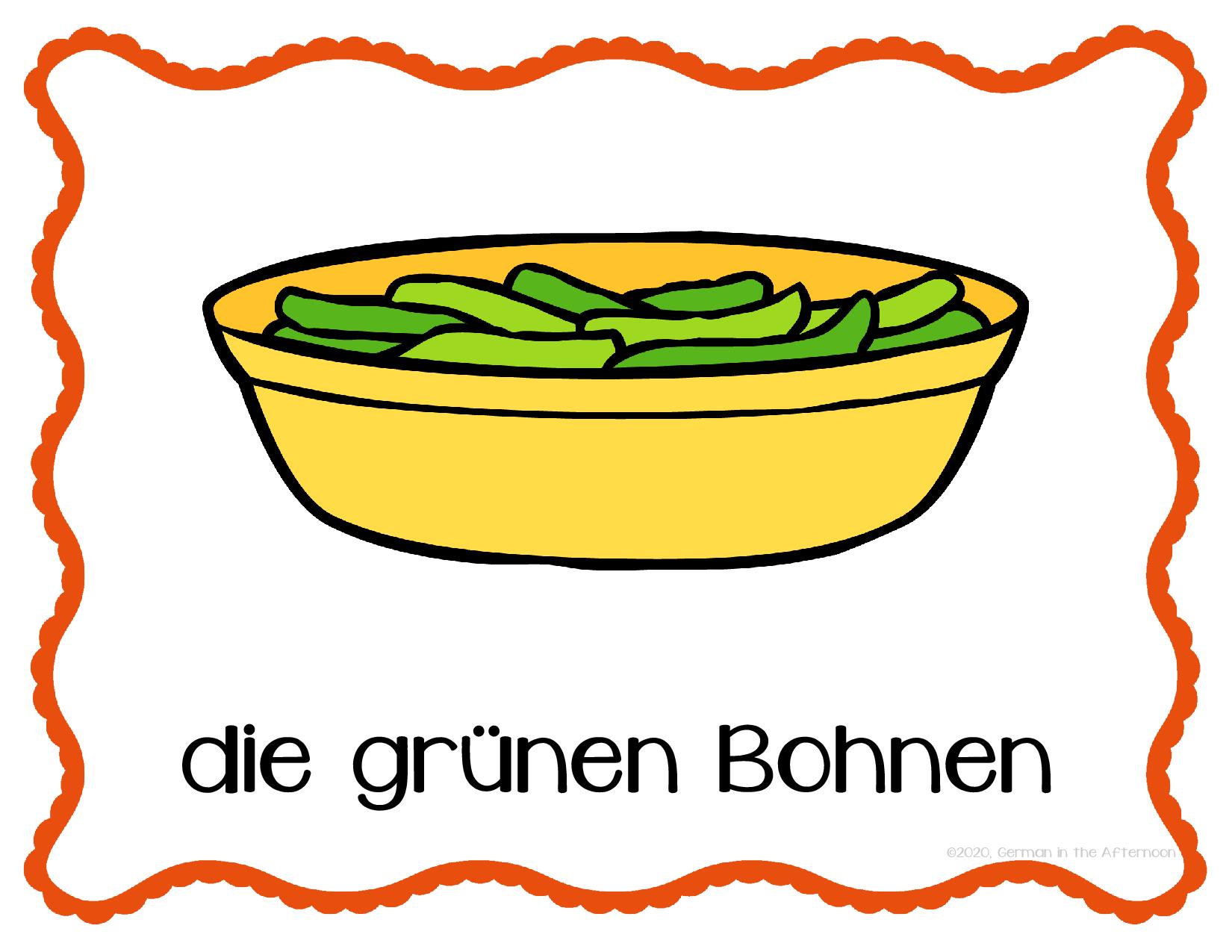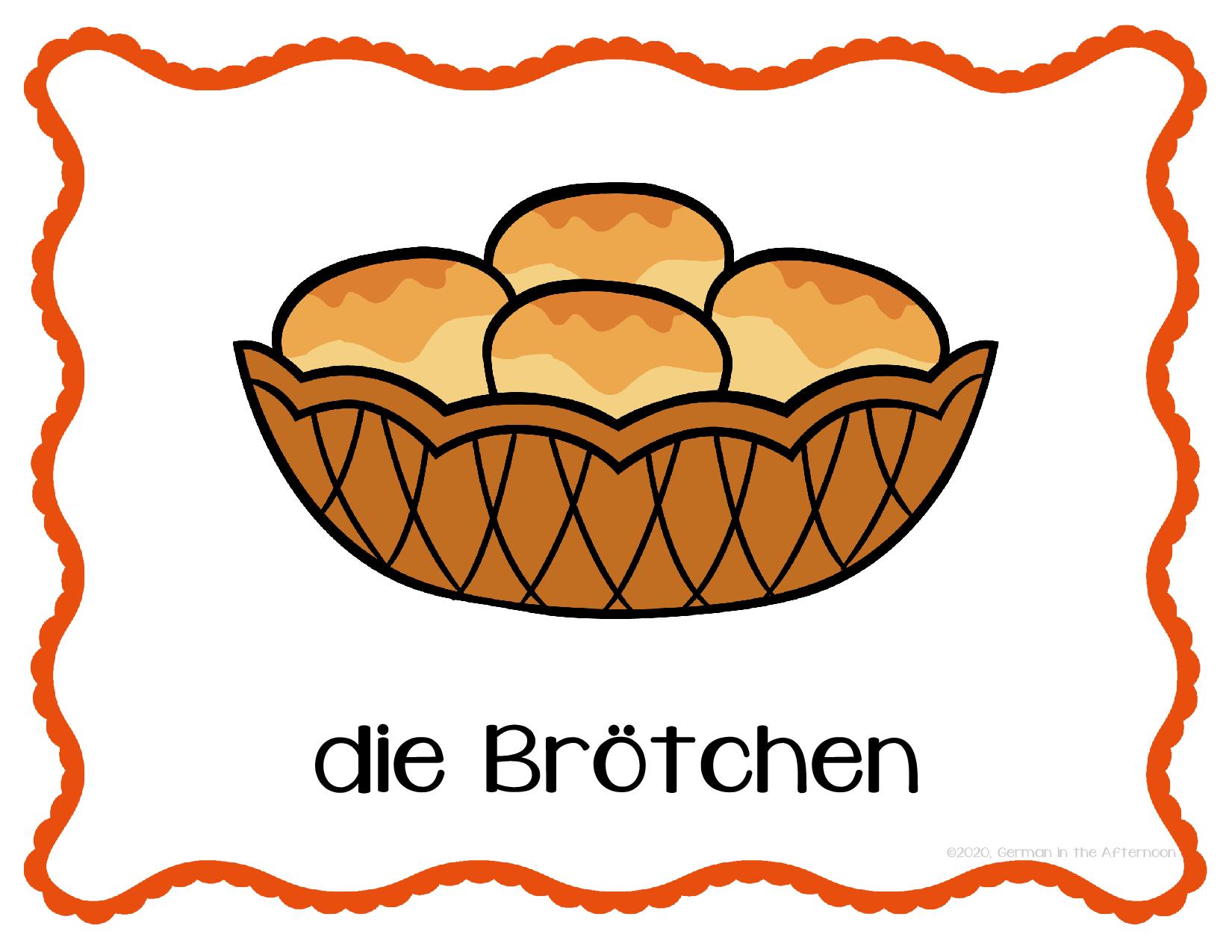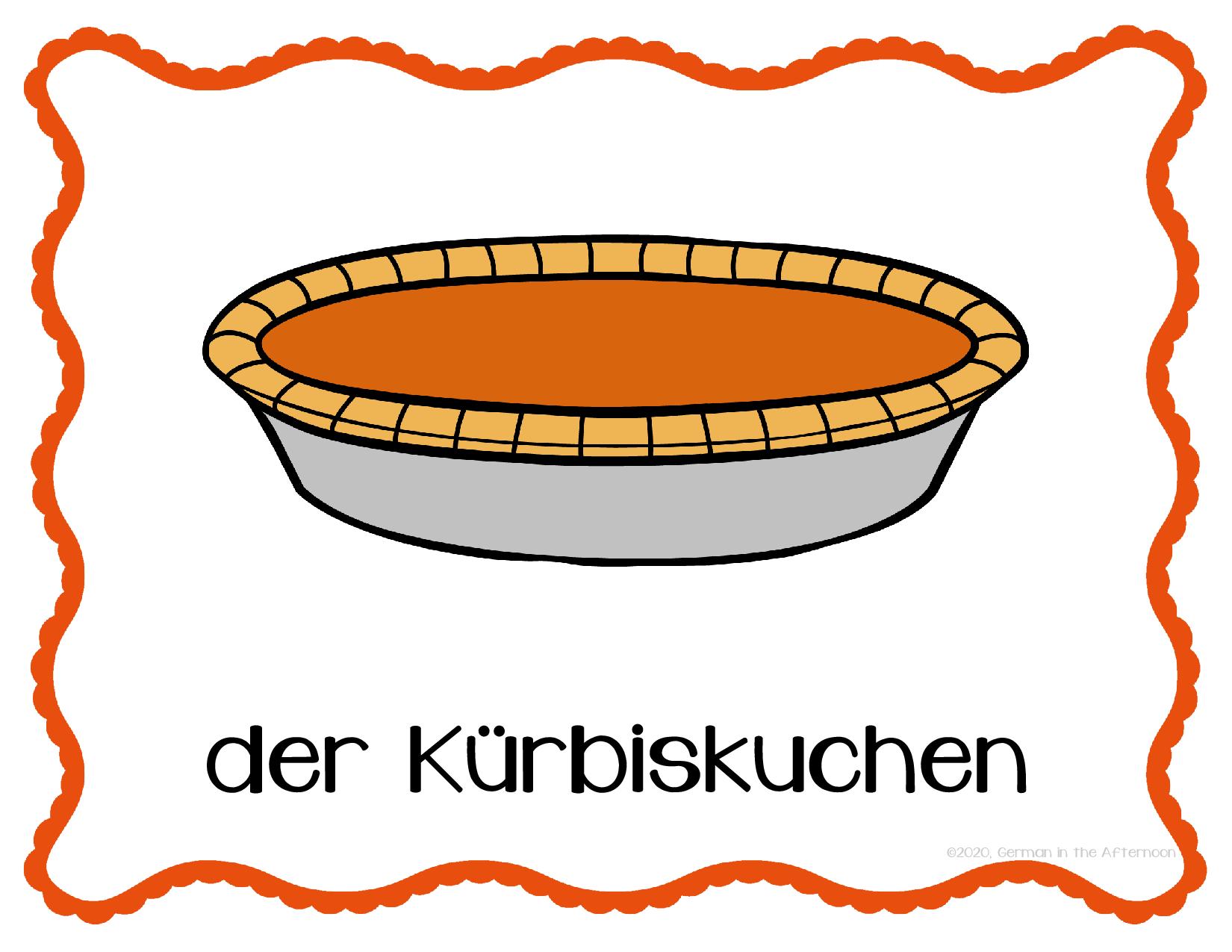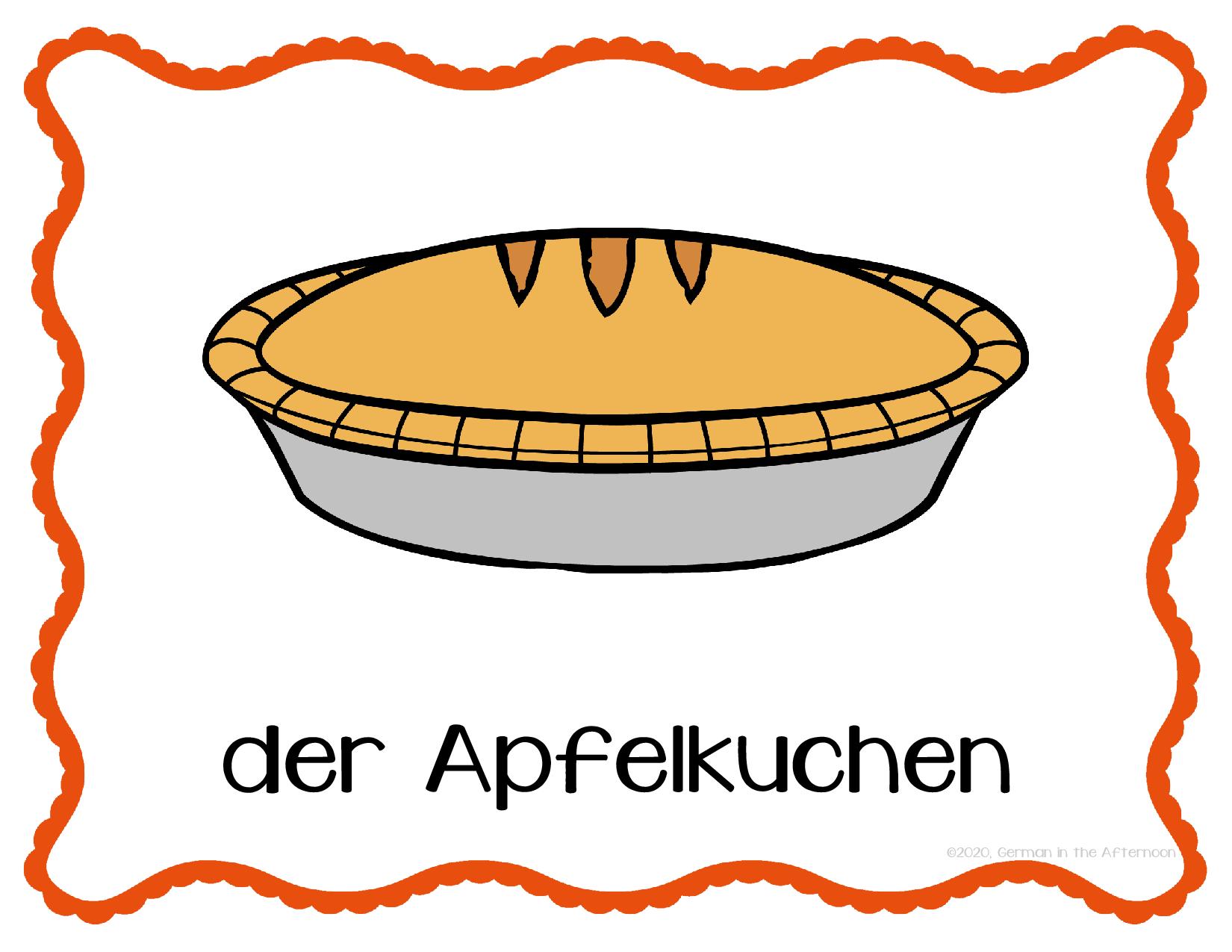I often do a sea life theme with me pre-k/kinders in the fall. I use the books about Kleiner weißer Fisch (Little White Fish) by Guido van Genechten and have written about some of the things I do in the unit in this post.
To help introduce the sea animals in the books, I’ve made a set of posters. Here is a selection:







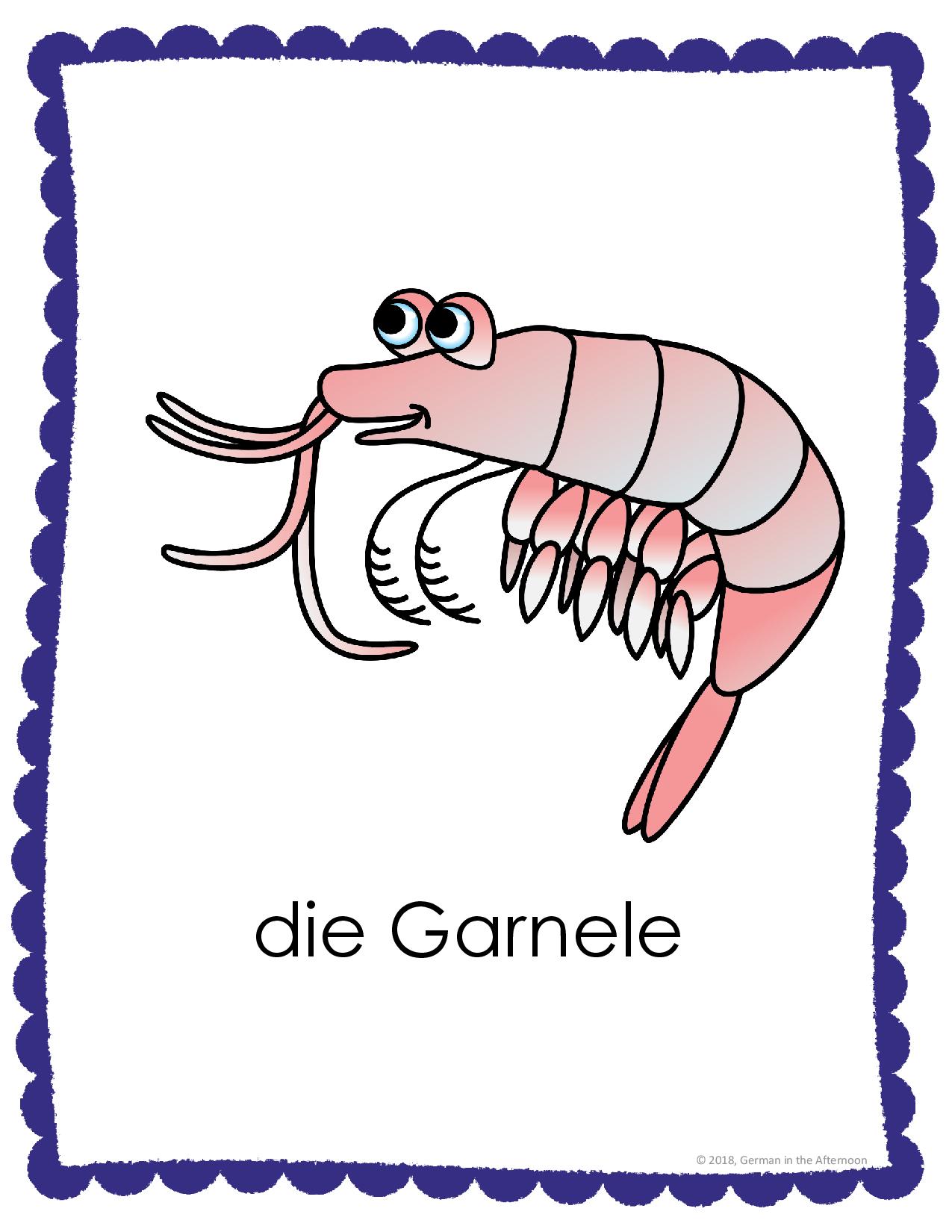
After I introduce the words that go along with a specific book, we play a game of Gefunden!
I love that the books introduce simple vocabulary in addition to the sea life … colors, games, and even saying “goodbye”. We read a different book each week for 3 – 5 weeks, depending on what else is on out schedule. The children enjoy the familiarity of the adorable Little White Fish 🙂
Here is the FREE PDF download for the posters:









